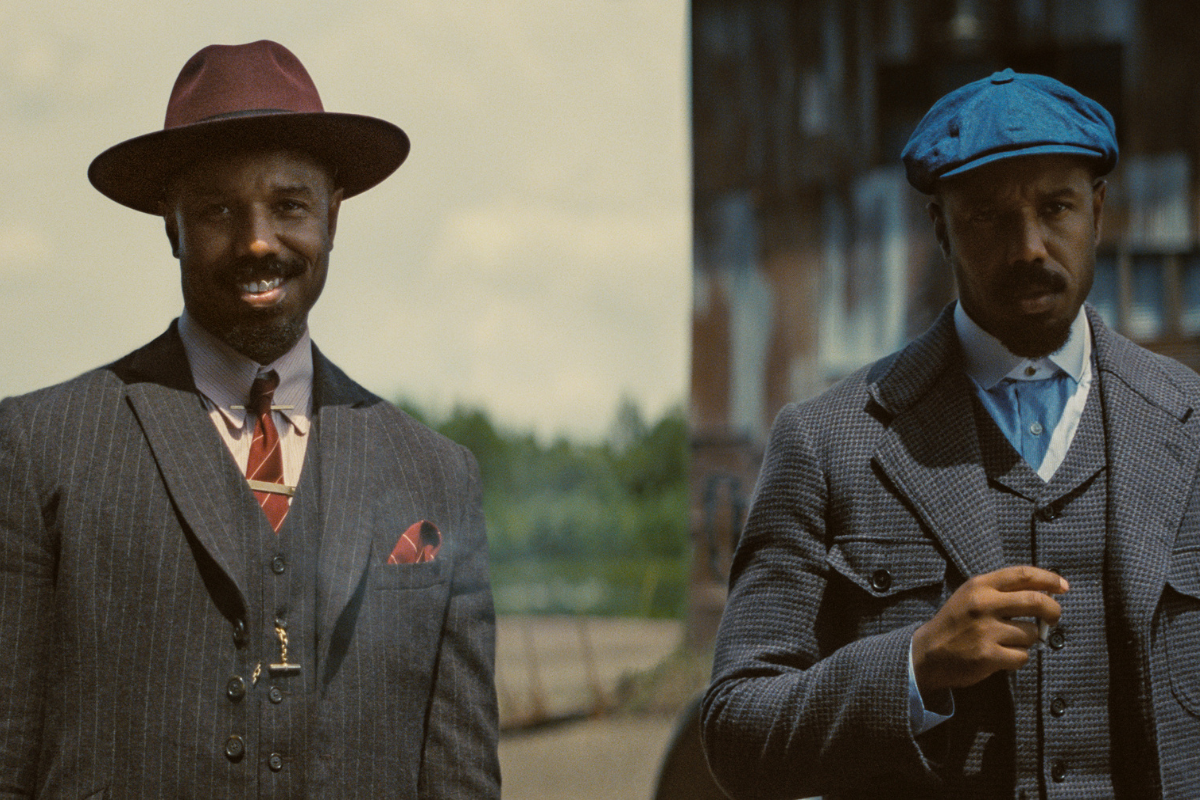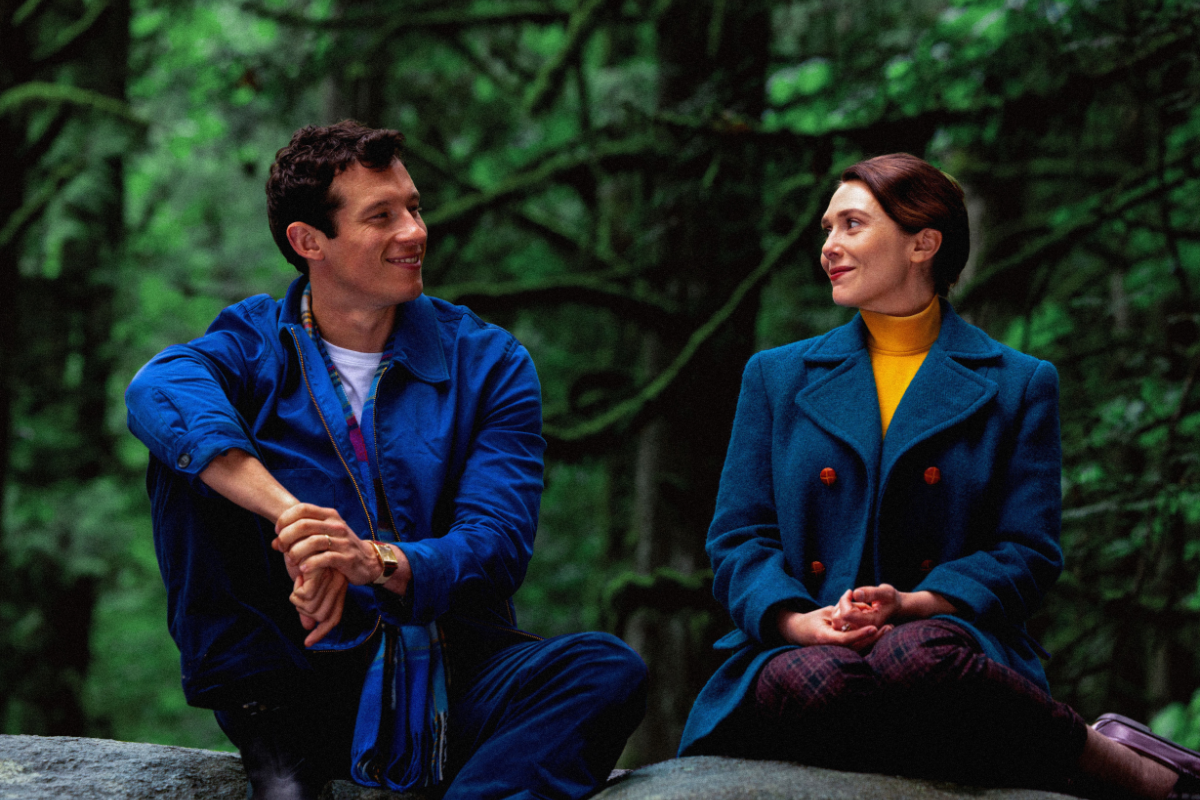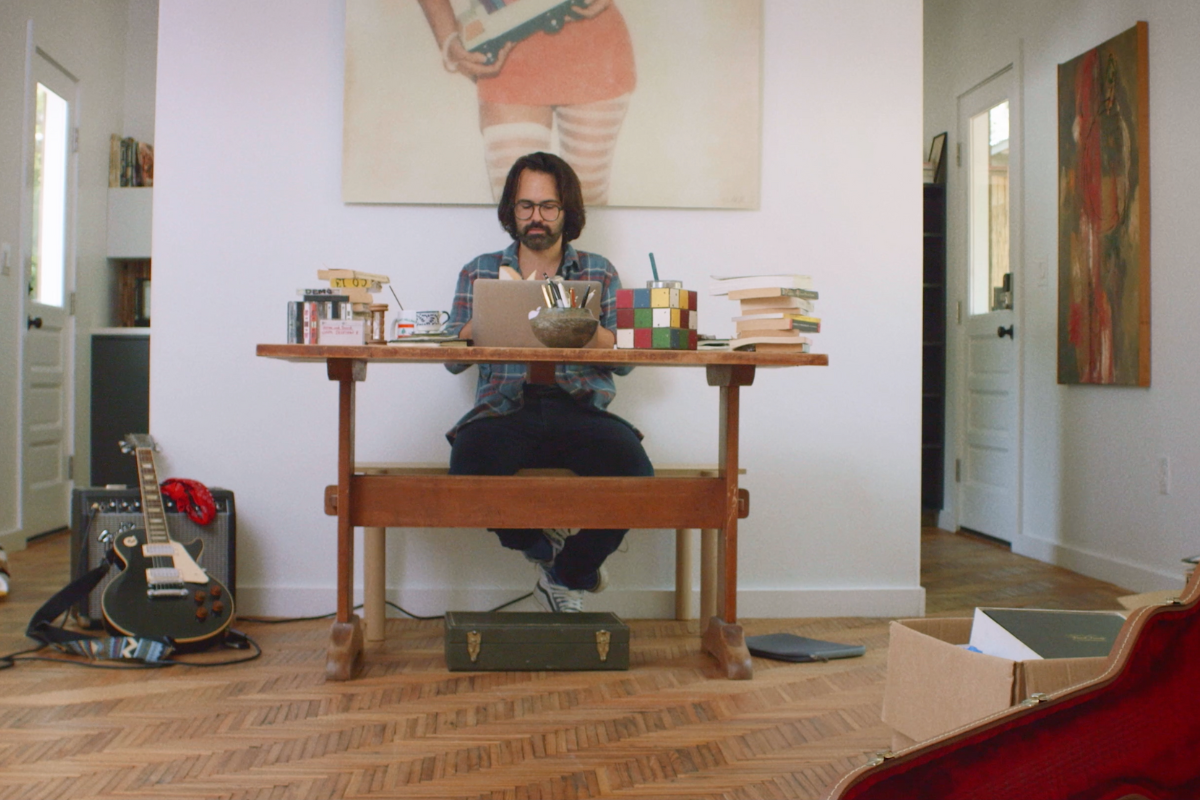Award-Winning Story Structure for Film Festivals
This past Memorial Day Weekend, I was invited to take part in the 8th Annual Big Island Film Festival in Hawaii. Over the course of the festival, I watched 22…
This past Memorial Day Weekend, I was invited to take part in the 8th Annual Big Island Film Festival in Hawaii. Over the course of the festival, I watched 22 films including 18 shorts and 4 features – and this only included a fraction of the screenings. What fascinated me the most was how you could tell a strong story in a short amount of time. For the films that most resonated with me, the average time was around 18 minutes. I studied the structure of my favorite award-winning films and I believe these were common elements to their appeal: they entered the story at the right time, had a strong message and theme, had a strong dilemma and stakes, had an active protagonist and very often, the ending looped back to the beginning with a strong resolution and irony.
Here are three shorts that truly stood out at the Big Island Film Festival.
A Perfect Day, written and directed by Adam Rubin, won for Best Short. The film’s brief reads, “A teenager on the morning of ‘going Columbine” is confronted by an unlikely stranger, the only person who can stop him. This is a tale of angst, of irony, and ultimately of hope.” I love the film’s protagonist, the postman. The postman is able to interrupt the plan of action of an angst-ridden kid with a conversation that makes a difference and changes the outcome. This film is very memorable and has a strong message that really resonates with its audience.
Don Sniffen’s film, Good Dog, was awarded the Audience Choice for Best Short. The beauty of the film comes from the strength of the starting dilemma and how the protagonist, the dog, is able to use his vision to change what could be a tragic accident. The film’s log line reads, “Dog lives with the Person family. Dog has a vision of the future. Dog must change the future. Good Dog!” I’m captivated by the concept of an intuitive dog. I love that the starting dilemma is the dog’s vision that something bad is about to happen. I love the action that the dog takes to stop this from happening. I like how the end of the story loops back around to the beginning.
The German film, Spaghetti For Two, written by Betina Dubler and directed by Federica Kitamura-De Cesco, won Best Foreign Short. It tells the story of “how a seemingly ordinary day becomes a significant turning point for an unremarkable man, thanks to a minimal shift of fate.” I love the twist of fate that takes place in the story. The message that stems from the strength of the twist in this film really resonates with me. It shows how one act of kindness can totally change the outcome.
How do you apply strong structure to writing a festival-winning short? Think about the elements that I’ve mentioned: strong entry into the story, strong dilemma and stakes, powerful message and theme, an active protagonist and an ending that loops back to the beginning. These story points are the foundation for writing a strong story in any platform; however, for the short, it is particularly important to hit these points and do it in a short amount of time.
STRONG ENTRY POINT
You should enter the story right before the trigger incident. What is going to happen that turns the world of your protagonist upside down and will force him/her into a dilemma? When you enter your story at the right moment, you set up the framework for success.
STRONG DILEMMA AND STAKES
How does the trigger incident force your central character into a dilemma? What are the stakes? How does the dilemma force your central character into a choice? When you connect the trigger incident to the dilemma and then, branch off from the choice made as a result of the dilemma into the external goal, you build the foundation of a strong story.
POWERFUL MESSAGE AND THEME
What is the message and theme of your story? What about it will resonate with your audience? In a short, you are essentially taking a life moment and enhancing it by adding a significant amount of meaning to the actions taken by your protagonist in a short amount of time. So, when you start out crafting your story, think about what you want your audience to walk away with after they watch your story. The theme is what unifies your story. It is essentially the brand of your story. In the short A Perfect Day, when the postman is able to have a conversation with the angst-ridden boy, he is able to stop a tragedy. The message that stems from this is a strong one: When we take the time to address a problem and listen, we can provide a solution and change the outcome. When you couple these elements, you elevate the strength of your story in a big way.
ACTIVE PROTAGONIST
Here is one of the biggest notes that I give as a story analyst: What does your central character want? If you have a strong set up with a trigger incident, stakes and a dilemma then, your central character has a strong direction to move in. When you connect the personal stakes of your protagonist to the professional outcome, you build in an emotional component to what is motivating your central character to go after his/her goal.
STRONG ENDING
If your story is told in a strong way, a question comes out of your opening dilemma. For example, in Good Dog, the question that comes out of the opening is, “Will the dog be able to stop the unfortunate event from happening as a result of having the vision?” Since we see what happens in the vision, we understand the stakes. The resolution comes when the dog is able to save the day as a result of having the vision and listening to his instincts. So, the resolution loops back around to the beginning and answers the question that was posed.
By applying these elements, you can tell a strong story in a short amount of time or in a feature length amount of time. By understanding how to apply these tools to the stories you tell, you can create shorts and/or features that could lead you to great success at well-known film festivals like The Big Island Film Festival and help pave the way to building your career and getting recognized.
More Story Structure articles by Jen Grisanti:
- Story Structure: Linking Your Series Dilemma to Your Plot Dilemma
- Story Structure: Evolving to a Deeper Place
Get YourFREE Download of Recommended Film Festivals & Advice from Filmmakers
My story begins the way yours might; by working with someone who truly believed in me. Mentored by Aaron Spelling, one of the greatest executives and most prolific producers in the business, I learned early on how to develop a story and make a script the best it could be before it hit the air. I worked with the executive producers, showrunners and staff of over 15 primetime shows. I had the unique opportunity to give script notes on a daily basis and see them implemented weekly on shows like 90210, Melrose Place, Charmed, Medium, Numbers, NCIS, The 4400 and Girlfriends. As a three-year mentor in the CBS/Diversity Program and a panelist for the WGA and DGA, I helped other creative talents see the business through the eyes of an executive. For more information about me, click here. Twitter: @jengrisanti







